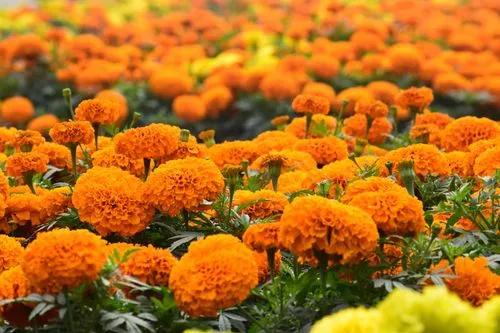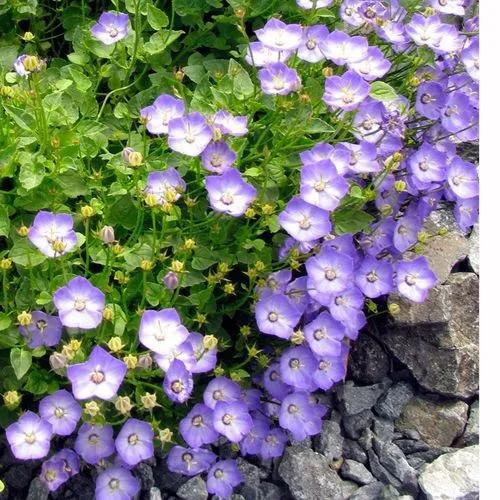Common garden hops (Humulus lupulus) can grow 20 feet or taller, producing lush green vines later covered in creamy cone-like flowers. These cones are a key ingredient in beer brewing, making hops an ornamental choice that also useful for the home brewer. The vines grow quickly, so they also can provide shade and privacy in the garden. Hops thrive in U.S. Department of Agriculture plant hardiness zones 4 through 8 when grown correctly and given proper care.
Common Hop Care
Humulus Lupulus



How to Care for the Plant

Water

Water hops once or twice weekly, providing about 1 inch of water each time or enough so the top 12 inches of soil remains moist. Cover the soil with a 2-inch layer of straw or bark mulch to help retain soil moisture and prevent weeds.

Pruning

Prune out the excess hops shoots when they grow to a 12-inch length so only two or three vines remain on each plant. Wind these shoots clockwise around the support wires until they begin to climb on their own. Repeat this process two or three times during the growing season by trimming out new excess shoots as they grow in.

Fertilizer

Apply 1/2-teaspoon of 21-0-0 fertilizer per vine each year in early summer. Work the fertilizer into the top 2 or 3 inches of soil, 6 inches away from the base of the vines. Water thoroughly after application. Spread 2 inches of mature compost over the bed each spring as growth resumes to replenish soil nutrients.

Sunlight

Grow hops in a location that receives full, all-day sunlight

Soil

well-drained soil.

Temperature

an annual temperature in the range of 5.6 to 21.3°C and a pH of 4.5 to 8.2. Plants are very hardy tolerating temperatures down to about -20°c when dormant

Additional

Skin contact with the plant causes dermatitis in sensitive people. Hops dermatitis has long been recognized. Not only hands and face, but legs have suffered purpuric eruptions due to hop picking. Although only 1 in 3,000 workers is estimated to be treated, one in 30 are believed to suffer dermatitis. Dislodged hairs from the plant can irritate the eyes. Sedative effect may worsen depression. Avoid during pregnancy (due to antispasmodic action on uterus). Avoid with breast, uterine and cervical cancers

Popularity

1,196 people already have this plant 207 people have added this plant to their wishlists
Discover more plants with the list below
Popular articles






